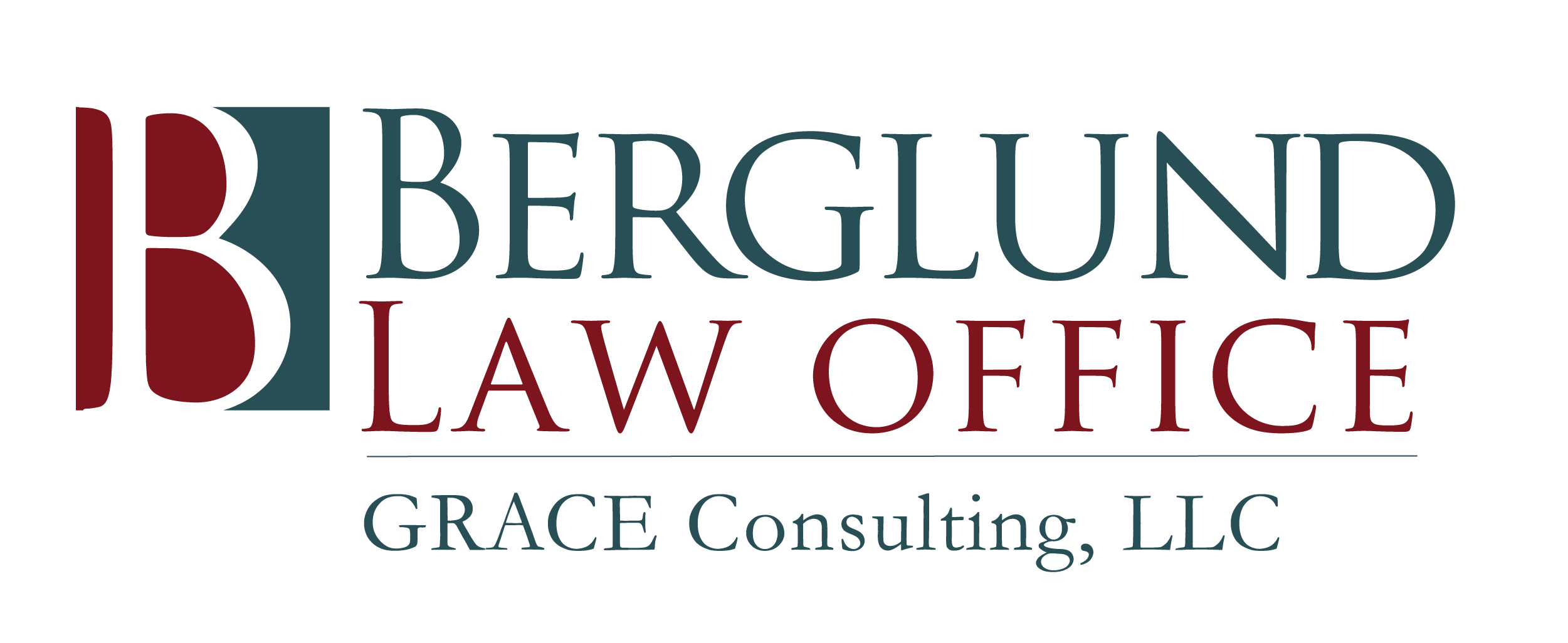
When Is It Time?
For almost all of us who do not die at a relatively early age, there will come a time when remaining at home is no longer the right thing to do. Your children may not be paying attention. They may simply not realize that you need more daily care—whether it be at a facility or through one of Minnesota’s special programs designed to help people remain in their homes as long as possible.
The word is out that nursing homes, memory care and Assisted living facilities are expensive. You may need to turn to paid caregivers if you don’t have someone to support you at home, or if the people that have supported you are no longer able to provide for all your needs.
Long-term care can be expensive. According to the State of Minnesota Department of Human Services, the average cost of care for a year in Minnesota ranges from $60,000 for an average of 44 hours per week of home care in your home to about $48,000 in an assisted living facility (which cost estimate does not include services and additional fees) to over $90,000 for care in a skilled nursing facility.

Paying for services like this would bankrupt most of us in just a couple years, so the Minnesota has a number of programs in place which help families pay for appropriate services.
Minnesota’s Medicaid program, known as Medical Assistance, provides health insurance coverage to low-income families, children, and unmarried adults, as well as to individuals who are elderly, blind, or disabled. To determine eligibility for state long-term care coverage, Minnesota requires that applicants participate in a MnCHOICES assessment (“MCA”).
Agency officials also use the MCA to perform state-mandated screening of individuals prior to their admission to Medicaid-certified nursing facilities.
The form agency officials use for the assessment can be found at the following link: https://edocs.dhs.state.mn.us/lfserver/Public/DHS-3428-ENG Included in the assessment form is the standard checklist of the basic six “Activities of Daily Living” which you can also use to evaluate yourself or your loved one(s) if you are uncertain about where you should go from here.

WHAT ARE ACTIVITIES OF DAILY LIVING?
Activities of daily living fall into six categories of basic skills a person needs to properly care for him or herself. Levels of assistance also vary; seniors may need help ranging from prompting or supervision to total support in order to ensure these basic physical needs are met.
- Eating: Can he or she move food and drink successfully from the table to their mouth?
- Bathing and Personal Hygiene: Is the individual able to get in and out of the shower or bath without assistance? Is he or she able to wash their face, body and hair? Are they able to groom themselves, maintain oral hygiene and care for their nails?
- Dressing: Is he or she able to choose appropriate clothing? Are they able to put on and take off these items, including fastening and unfastening them properly?
- Continence: Can the individual maintain control over their bladder and bowel function?
- Toileting: Can he or she safely transfer on and off the toilet, clean themselves, and re-secure their clothing?
- Walking and Transferring: Can he or she walk independently? Are they able to move to and from a chair and bed without the assistance of another person? Note: The use of assistive devices and mobility aids is acceptable.
